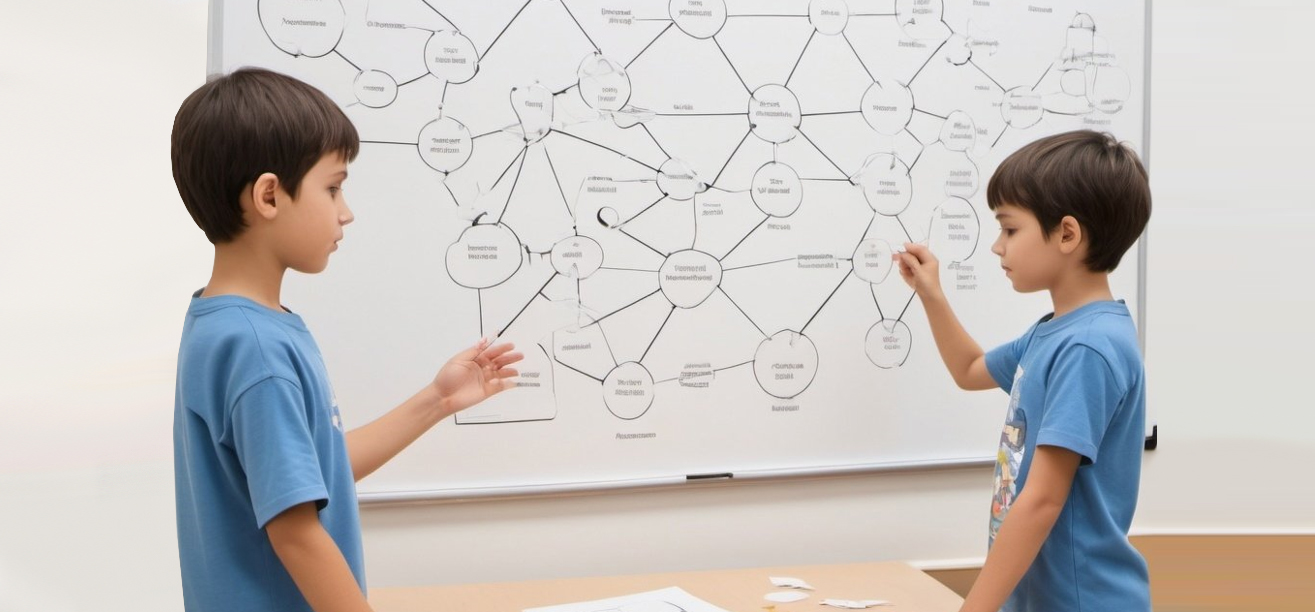Analysis of the Mexican educational system from the perspective of complexity.
DOI:
https://doi.org/10.29059/educiencia.v9i2.283Keywords:
synthetic analysis, structure, functionalityAbstract
In this work, the Mexican Educational System is analyzed through synthetic microanalysis (Auyang, 1999), an approach that uses systemic decomposition to identify the components of the system and their interaction, which facilitates recognizing the structure of the educational system and the emerging properties of the product. of their interaction. The same synthetic analysis uses the systemic composition to identify the functionality of the system through the objectives and functions of its hierarchical levels, showing the conditions that are required to meet them. With the development of systemic decomposition analysis, it was possible to identify fourteen components that make up the national educational system, at the strategic, tactical and operational levels. With the development of the systemic composition, the objectives of the system were identified for each hierarchical level. With the development of both analyzes two systemic elements were observed: the objectives and functions whose achievement defines the current state of the system and the emerging results that appear in the system as a synergy of a set of objectives and functions fulfilled at each hierarchical level of the educational system. ., which offers a first approximation of a model of the educational system with structure and functionality, which can be useful for its evaluation and decision-making.
References
Auyang, S. (1999). Foundations of Complex Systems Theory. UK: Cambridge University Press.
Cannon, W. B. (1932). The wisdom of the body. W. W. Norton. DOI: https://doi.org/10.1097/00000441-193212000-00028
Gallardo, A. (2018). Sistema Educativo Nacional como un Sistema Adaptativo Complejo. En M.G. Velázquez, Los problemas Sociales educativos y las ciencias de la complejidad (pp. 100-121). UPN.
Lara-Rosano, F. (2014). Organizaciones complejas. Centro de Ciencias Aplicadas y desarrollo Tecnológico (CCADET). https://conceptos.sociales.unam.mx/conceptos_final/385trabajo.pdf
Lara-Rosano, F. (2017). Fundamentos para el diagnóstico e intervención en sistemas complejos. Academia Española.
Lara-Rosano, F. (2018). Las ciencias de la complejidad en la intervención en problemas educativos. En M. G. Velázquez, Los problemas sociales educativos y las ciencias de la complejidad. (pp. 25-50). UPN.
Ley General de Educación. (2019). DOF 30-09-2019. https://www.diputados.gob.mx/LeyesBiblio/pdf/LGE.pdf
Luhmann, N. (1984). Soziale systeme. Frankfurtam main, 478.
Maldonado, C. E. y Gómez, N. A. (2010).El mundo de las ciencias de la complejidad. Editorial Universidad del Rosario.
Morrison, K. (2002). School leadership and complexity theory. London UK: Routledge Falmer.
Parsons, T. (1964). The Social System. Free Press.
Organización para la Cooperación y el Desarrollo Económico. (2023). PISA 2022 Results (Volume I), The State of Learning and Equity in Education. https://www.oecdilibrary.org/docserver/53f23881-en.pdf?expires=1728073940&id=id&accname=guest&checksum=67120A05CEA04348681D0C9B3B4016CE
Organización para la Cooperación y el Desarrollo Económico. (2010). Perspectivas OCDE: México Políticas Clave para un Desarrollo Sostenible. PISA, OECD Publishing.

Downloads
Published
How to Cite
Issue
Section
License
Copyright (c) 2024 Universidad Autónoma de Tamaulipas

This work is licensed under a Creative Commons Attribution-NonCommercial-ShareAlike 4.0 International License.
Derechos de autor (copyright)
Los autores concederán por escrito a la revista Educiencia la propiedad de los derechos de autor, lo que permite que su artículo y materiales puedan ser reproducidos, publicados, editados, fijados, comunicados y transmitidos públicamente en cualquier forma o medio, así como su distribución en el número de ejemplares que se requieran y su comunicación pública, en cada una de sus modalidades, incluida su puesta a disposición del público a través de medios electrónicos, ópticos o de cualquier otra tecnología, para fines exclusivamente científicos, culturales, de difusión y sin fines de lucro.




